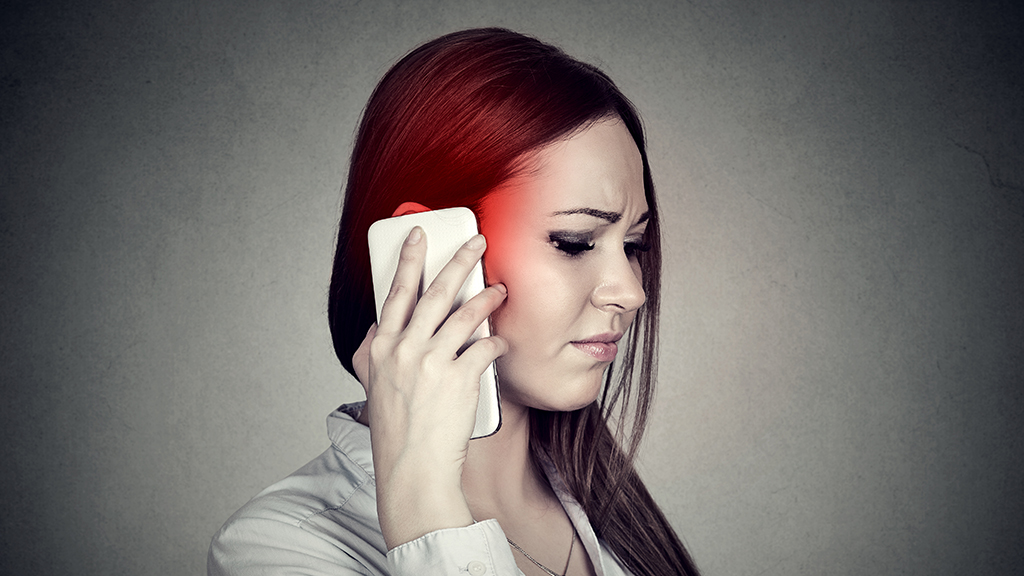Abstract
In this case study, students analyze a scientific study, first by analyzing news articles reporting on the research and then by reading the original research article. In working through the case, students identify the basic elements of a scientific study; evaluate the study and offer suggestions for improvement; analyze the appropriateness of the headlines of news articles in relation to their content; and compare the accuracy of information offered to the public in a news article with the information presented in a scientific paper. Designed for an introductory course in biological sciences for non-majors, the case could be used in any course that includes the study of the scientific method as well as in a scientific journalism course.


